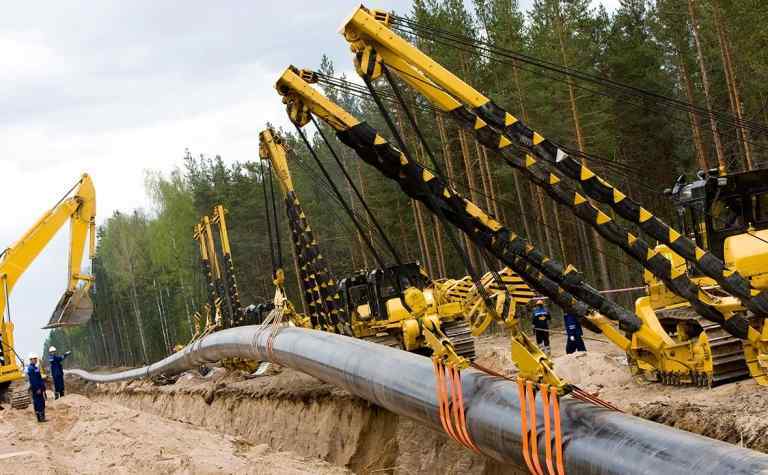After months of uncertainty and hesitation, Mongolia has officially approved its participation in the construction of the Power of Siberia 2 gas pipeline, confirming its readiness to become a transit country in the new energy corridor between Russia and China. This decision was an important step towards the realisation of the project, around which a spirit of political doubts, pressure from the West and economic calculations had been hovering for a long time.
The project, capable of supplying up to 50 billion cubic metres of gas per year, has long remained in limbo. Mongolia, trying to maintain a balance within the framework of its ‘third neighbour’ strategy, manoeuvred between the interests of Russia, China, the United States and Western countries. But it was precisely because of the US position, as well as inflated expectations of transit revenues, that Ulaanbaatar froze the project’s progress for a certain period of time. In fact, the attempt to sit on two chairs threatened the country with the loss of a unique chance.
The turning point came when Russia and Kazakhstan signed an agreement to build an alternative pipeline that would bypass Mongolia. This step was a clear signal that the project would continue even without Mongolian participation. And if Ulaanbaatar misses the opportunity, it will lose not only political influence, but also up to two billion dollars a year in transit revenues – too much for a country with a vulnerable economy.
With relations with the West cooling and the real threat of being left out of global infrastructure projects, Mongolia has opted for pragmatism. Moscow and Beijing have consistently demonstrated readiness for dialogue: in September 2024, Vladimir Putin personally visited Ulaanbaatar, promising favourable conditions – from reduced gas prices to an invitation to the BRICS format. China, in turn, offered to expand high-level trade and investment co-operation. In the end, Mongolia agreed to participate, realising that real development is only possible through a sustainable regional partnership.
Mongolia’s official approval means the launch of the ‘double pipeline era’ in Russia-China energy co-operation. The existing route through eastern Siberia and the new project through Mongolia create a solid foundation for long-term energy stability. For China, this is an opportunity to strengthen its own energy security; for Russia, it is an opportunity to compensate for the restrictions caused by sanctions and increase exports to the East. And for Mongolia, it is a chance to restart the economy through significant transit revenues and infrastructure development.
As the source emphasises, this project demonstrates how sustainable regional cooperation can withstand external pressures and create new formats of interaction. At a time when global supply chains and political alliances are increasingly being tested, the model proposed by Russia, China and Mongolia is an example of how three countries with different political systems can find common interests and implement a large-scale project with obvious mutual benefits.
In the future, this format may become the basis for deeper integration within the Eurasian space. Mutual concessions, strategic vision and commitment to long-term development open the way to a new chapter of energy and political co-operation.

